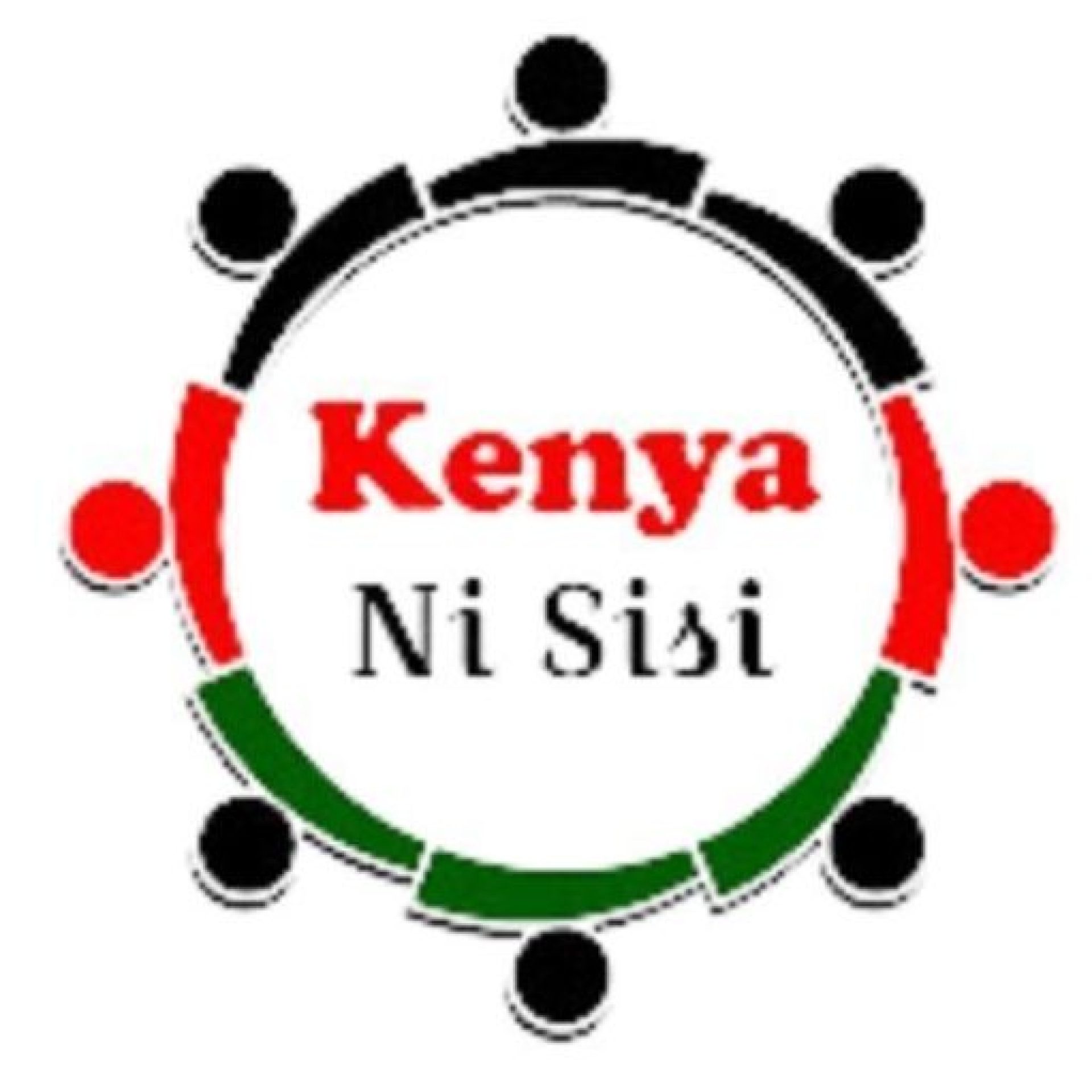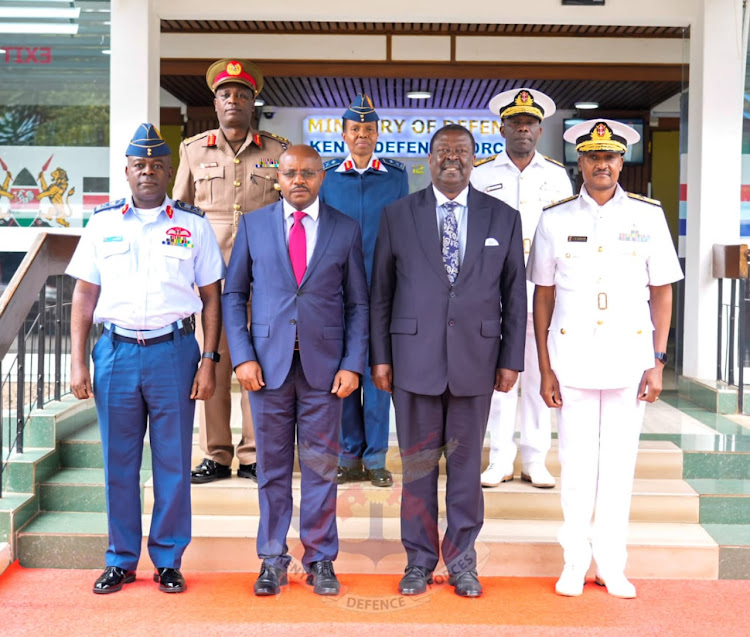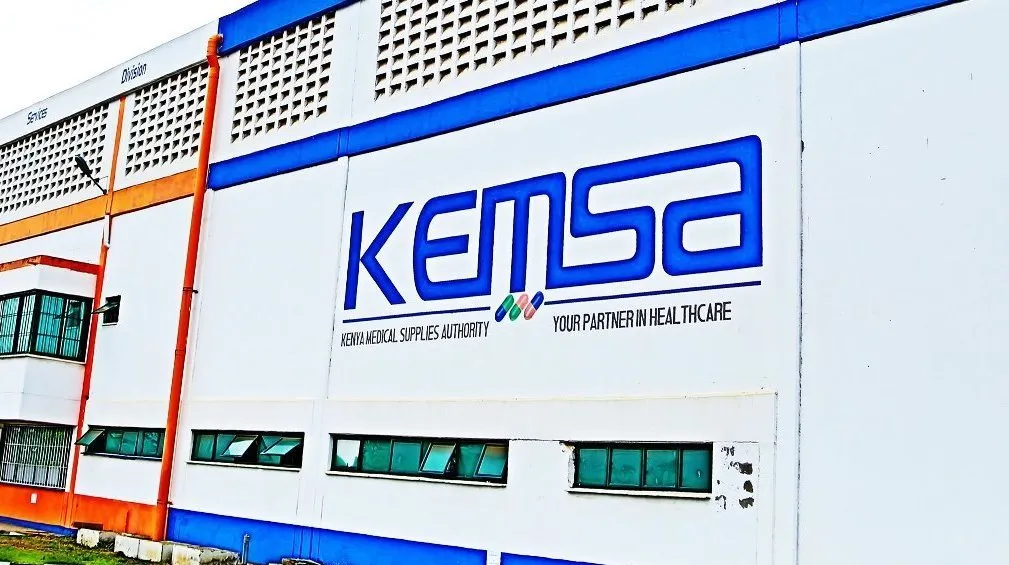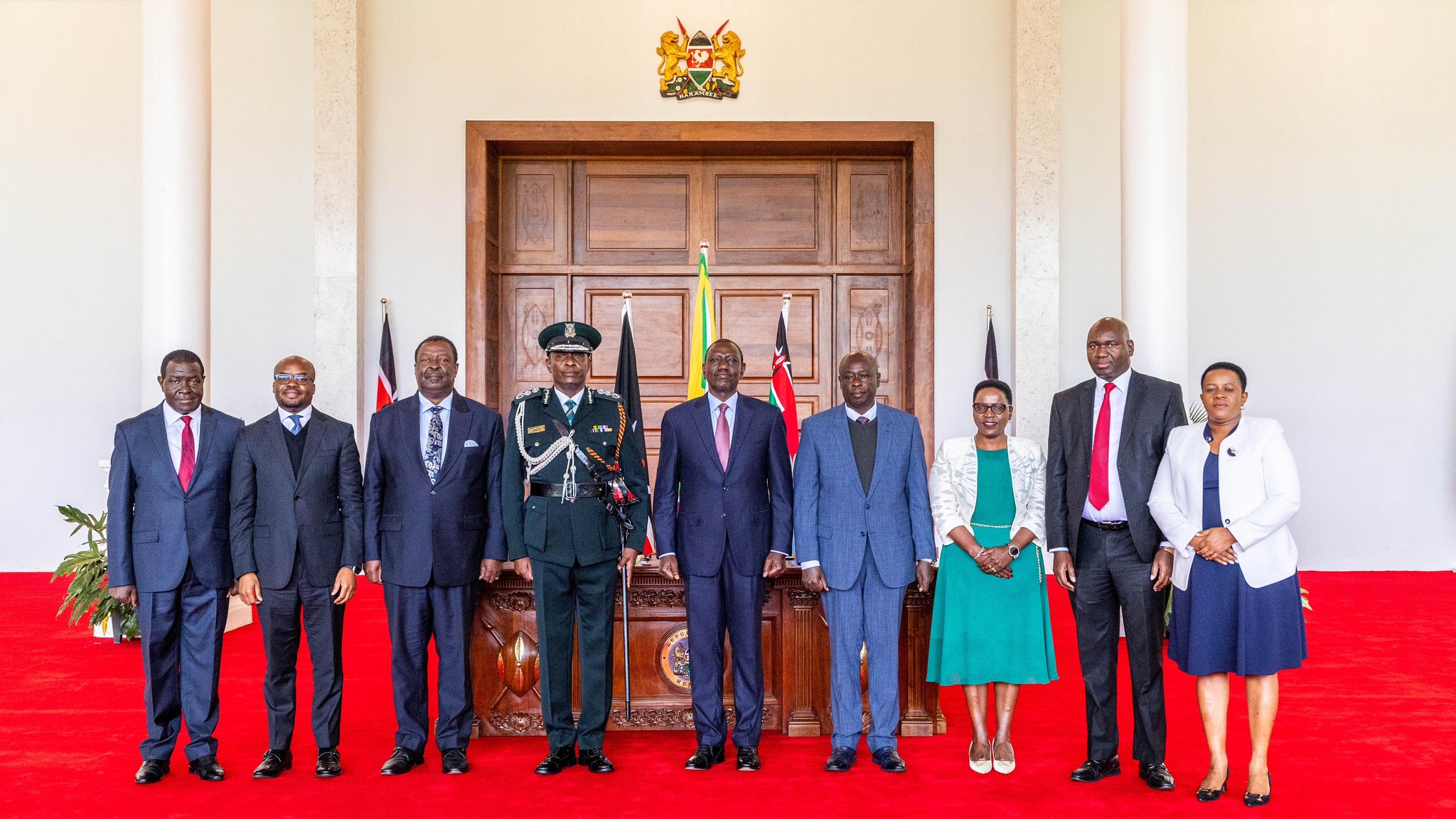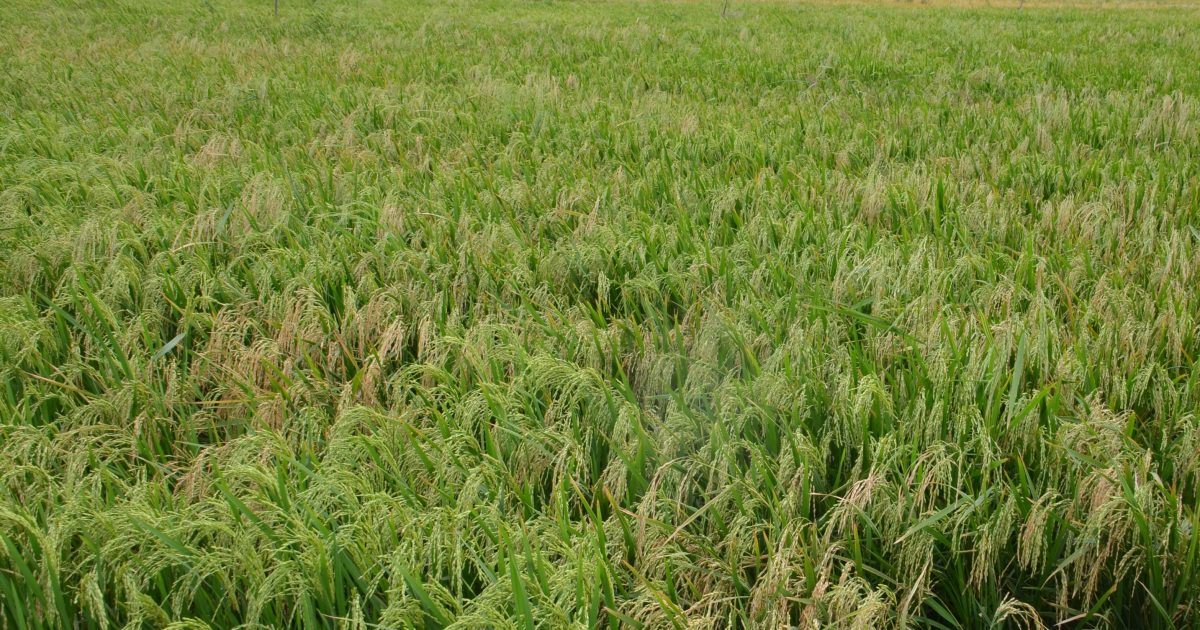
Farmers in Bura and Tana Irrigation schemes are transitioning from traditional cotton farming to rice cultivation, driven by the profitability of rice production. The ongoing infrastructure developments are set to position these schemes as significant contributors to Kenya’s rice production.
These developments are projected to transform Bura and Tana Irrigation schemes as the country’s next largest rice-producing areas.
The ongoing infrastructure is expected to be complete by the end of the year, 2025.
According to the National Irrigation Authority, the government aims to increase the current rice production of 240,000 tons per year to more than one million tons per year by 2030.
The national rice demand is at about 1.1 tons per year, while the current area under rice production is at 80,000 acres.
Bura and Tana Irrigation schemes are traditionally known for growing cotton but farmers have long shifted to rice farming.
Farmers have shared success stories with the Komboka rice variety, developed in collaboration with agricultural research organizations. Komboka rice has significantly increased yields, with a promise of seven tons per hectare, attracting farmers from other regions to adopt rice farming.
However, farmers have cited challenges hindering rice production in the area to include delays in fertilizer distribution, forcing farmers to purchase expensive fertilizers.
Marketing also currently poses a challenge as farmers urge the government to establish a National Cereals and Produce Board store in Bura for better prices, reducing dependence on exploitative brokers.
